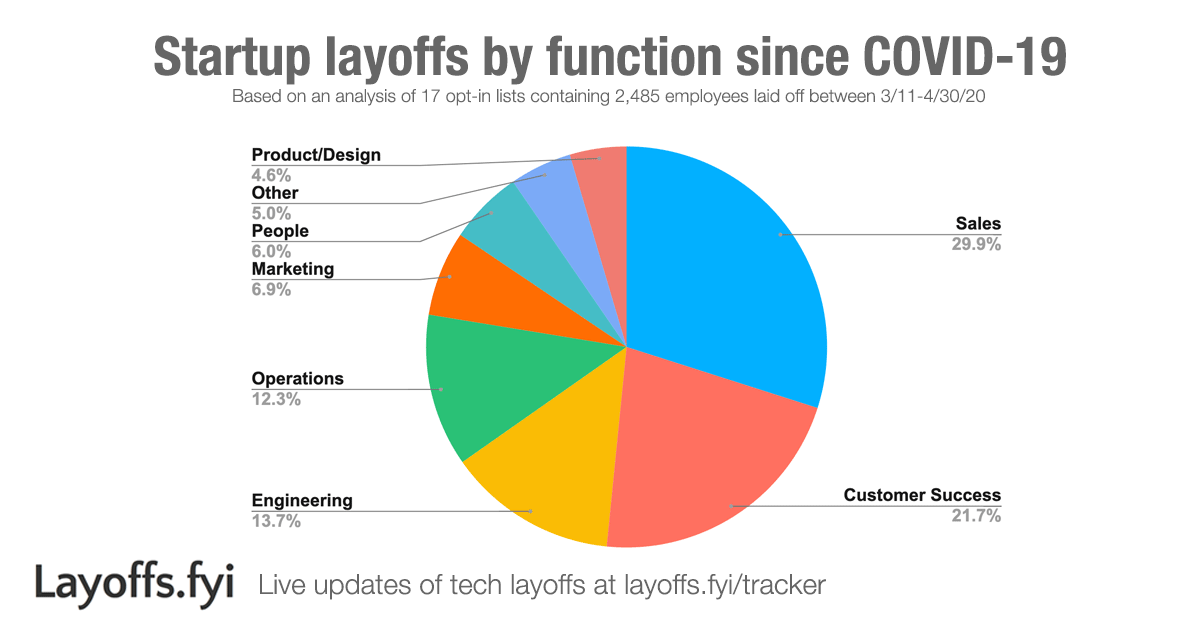On the heels of a spate of reports over the weekend, today Intel confirmed its latest move to grow its automotive division: the chip giant is acquiring Moovit, an Israeli startup previously backed by Intel that analyses urban traffic patterns and provides transportation recommendations with a specific focus on public transit. The deal values Moovit at $900 million, although Intel says that the growth of its existing investment in the startup effectively works out to Intel paying $840 million.
Moovit provides traffic data to third parties (including Intel itself, and Uber), and it also has a popular app will 800 million users and some 7,500 transit authorities globally. Intel plans to use Moovit’s technology to expand the services it offers via Mobileye, the autonomous car company that Intel acquired for $15.3 billion in 2017, which is the anchor of its efforts in the automotive sector.
Specifically, Moovit’s tech will be used to expand and enhance Mobileye’s “mobility as a service” offering, Intel said. Mobileye’s driver assistance technology is in some 60 million vehicles today, and while a lot of autonomous services like robot axis are still in their most nascent phase, the opportunities are big: Intel believes that robot axis alone will be a $160 billion market by
2030.
“Intel’s purpose is to create world-changing technology that enriches the lives of every person on Earth, and our Mobileye team delivers on that purpose every day,” said Bob Swan, Intel CEO. “Mobileye’s ADAS technology is already improving the safety of millions of cars on the road, and Moovit accelerates their ability to truly revolutionize transportation – reducing congestion and saving lives – as a full-stack mobility provider.”
Mobileye and Moovit had already been working together prior to the acquisition: Intel had been a strategic investor in the startup as as part of that deal, Professor Amnon Shashua, Senior Vice President of Intel and CEO / CTO of Mobileye, was on Moovit’s Board of Directors as an observer.
The deal is interesting not just because it underscores how Intel is doubling down on its autonomous car business, but that it’s doing so at a time when a number of other car companies and autonomous efforts are being paused or axed because of the global economic slowdown resulting from COVID-19.
“While others working on AV R&D may slow down or downsize their ambitions given the headwinds in our economy, we saw an opportunity to acquire a valuable asset that will help us realize our vision for driverless MaaS even faster,” Shashua noted in a blog post.
“We are excited to join forces with Mobileye and lead the future revolution of new mobility
services,” said Nir Erez, Moovit cofounder and CEO, in a statement. “Mobility is a basic human right, and as cities become more crowded, urban mobility becomes more difficult. Combining the daily mobility habits and needs of millions of Moovit users with the state-of-the-art, safe, affordable and eco-friendly transportation enabled by self-driving vehicles, we will be able to make cities better places to live in. We share this vision and look forward to making it a reality as part of Mobileye.”
More to come.



